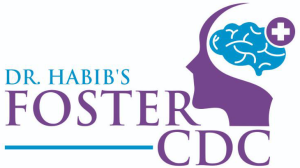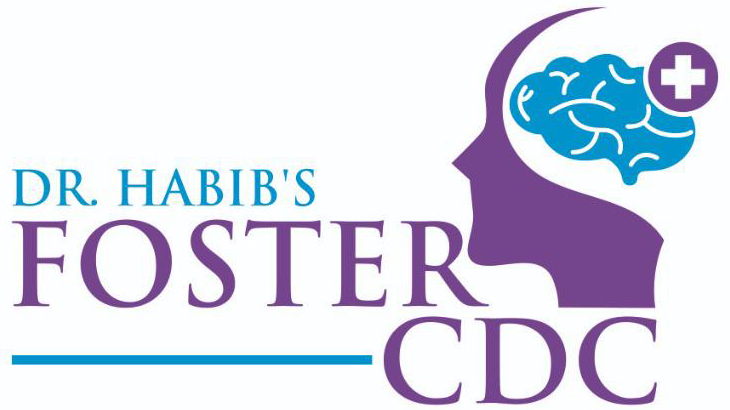Headache in children
Headaches are very common in adults – especially in women, but children too get headaches. Mild to moderate, occasional headaches are not something to worry about. However, persistent headaches occurring in episodes are troublesome in children. Learn more about migraines in children. The problem is when toddlers and even infants get headaches wherein, they cannot communicate their pain with others.
How do you know whether your child is experiencing headaches?
You can make out whether your baby is experiencing headaches by keenly observing their expressions. The way in which a child or baby expresses her pain may differ depending on their age. Babies tightly close their eyes, touch their heads and cry to speak out that they have headaches. Elementary school children and toddlers may communicate their pain and show uneasiness in bright lights, loud sounds, and strong perfumes. This happens especially when they are prone to migraines with aura. Some children who cannot speak properly express their pain by making hand gestures. Teenage children especially girls may become moody or withdraw themselves away from activities when they experience headaches.
Headaches in children can be triggered by bright sunlight, loud noises, or excessive activity or play. In some cases, children develop headaches out of the blue – without being exposed to any external stimuli or activity.
Children mostly experience the following types of headaches:
Tension headache – This type of headache is common and leads to mild to moderate pain. Children feel better after getting proper sleep and resting for a while.
The most common type of headaches
that produces mild to moderate pain
Migraines – These types of headaches are painful and debilitating as they are associated with some nagging symptoms – such as nausea, vomiting, and sensitivity to odors, sound, and lights. The headaches can last for a few hours to days and occurs in episodes.
Chronic Migraines
When migraines occur more frequently and in episodes, they can become chronic. A child experiences migraine headaches for at least 15 days in a month or more. When migraines continue to trouble a child intermittently for up to three months or more in a row, then they are known as chronic migraines.
Headache in children – when to worry?
Seek medical help or consult a pediatric neurologist immediately if your child experiences sudden and severe headaches with weakness in arms and legs or one side of the body; if the child behaves abnormally or becomes unconscious after a headache. You should also consult your doctor if your child develops headaches with nausea, vomiting, blurred vision (double vision), and looks very sick.
A severe headache associated with neck pain or stiffness, loss of balance, confusion or unsteadiness, and fever may indicate a serious underlying cause – you must seek medical help immediately for your child.
How can you help your child overcome headaches?
Your child’s neurologist will recommend a few routine activities and also suggest a few changes in the lifestyle. Following the suggestions and developing healthy habits and routines can help manage your child’s headaches.
Sleep – don’t compromise on this aspect because your child needs 8 to 12 hours of sound sleep per night every day. Ensure that your child gets adequate uninterrupted sleep.
Set wake-up, eating, work, activity, exercise, school, and sleep routines, and ensure that your child is following them regularly.
Make sure that your child remains physically active throughout the day. Encourage your child to do at least 20 minutes of exercise at least 3 to 4 days a week. Let him take off when he develops a headache on a particular day.
Never let your child skip meals and encourage him or her to drink more water.
Let your child indulge in pursuing his or her interests or hobbies – crafts, painting, and drawing.
Build a strong bonding with your child by letting them engage with other family members and friends.
Bottom Line
Primary headache in children is not serious, but it can lead to significant issues such as absence from play, activity, and school. If your child is experiencing frequent headaches or migraines, talk to an experienced pediatric neurologist as early as possible.



